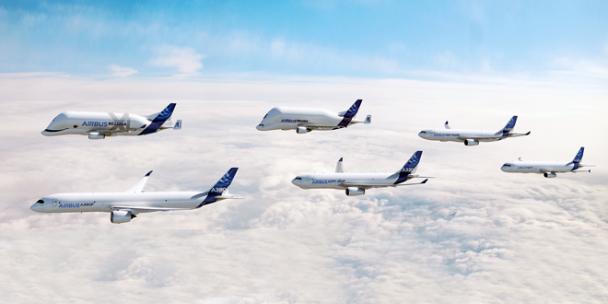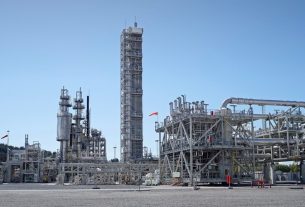UK – Airbus and a consortium of airlines and airline groups are working together on a new carbon capture initiative, with the objective of delivering secure, verifiable carbon removal credits as part of aviation’s obligation to offset some of its future emissions.
Air Canada, Air France-KLM, EasyJet, International Airlines Group, LATAM Airlines Group, Lufthansa Group, and Virgin Atlantic are also involved in the cooperation.
The Carbon Engineering technique uses DACCS, or direct air carbon capture and storage.
The early-stage collaboration
The deal is at this moment early-stage cooperation, based on letters of intent, and the airlines have “agreed to participate in talks on the prospective pre-purchase of verified and durable carbon removal credits commencing in 2025 through to 2028”.
This leaves some space for maneuver but is meant to cover a pre-purchase total of about 400,000 tonnes of removal credits. The carbon credits will be distributed by Airbus partner 1PointFive, a division of Occidental Petroleum’s Low Carbon Ventures company, as early as 2025.
The scale
In 2019 British Airways alone stated that it released almost 19m tonnes of CO2 equivalent from just scope 1 emissions, which the carrier describes as “direct emissions linked with British Airways operations comprising consumption of jet fuel, diesel, petrol, natural gas, and halon. Engines in ground vehicles, auxiliary power units, boilers, and airplanes all produce pollutants “.
There are concerns about the technology’s scalability, how it is fueled, and its own sunk carbon costs since this deal represent around 2% of BA’s yearly scope 1 emissions alone.
Taking action
According to Fatima da Gloria de Sousa, vice president for sustainability at Air France-KLM, “The letter of intent that we are signing with Airbus today embodies the teamwork that the aviation industry has started to do in order to find practical answers to the problem of our environmental transition. We can only confront the climate emergency as a group.”
Yocova was informed by Shparberg that the plans are “quite specific, and the facility is anticipated to be operational in 2025. Therefore, this conversation is neither just hypothetical nor an “if and when.” We have started this endeavor. Of course, there are a few benchmarks that we must reach before we can reach the end outcome.”
Standards, transparency, and validation
“According to the verification techniques that have already been agreed upon with US authorities, it is all taken care of. Kelly says: “That’s extremely well advanced. We have been working with CO2 as a firm for more than 40 years, so we have a very, very sophisticated understanding of the behavior of CO2 underground in subterranean reservoirs. Therefore, neither the verification nor the carbon score is problematic.”
Nicolas Chretien, group head of sustainability and environment at Airbus, elaborates on the verification issue by saying: “I think what we need to develop is that verification to international standards, to establish a standardization scheme for acceptance of DACCS, defining sustainability criteria.”
If, as was suggested during conversations, part or all of this trapped carbon may be converted into more sustainable fuels through new methods, then these problems become much more difficult to answer. And that is crucially important for our project as well as others. One of the levers that aviation can and must use to go toward net zero carbon emissions is direct air capture.




